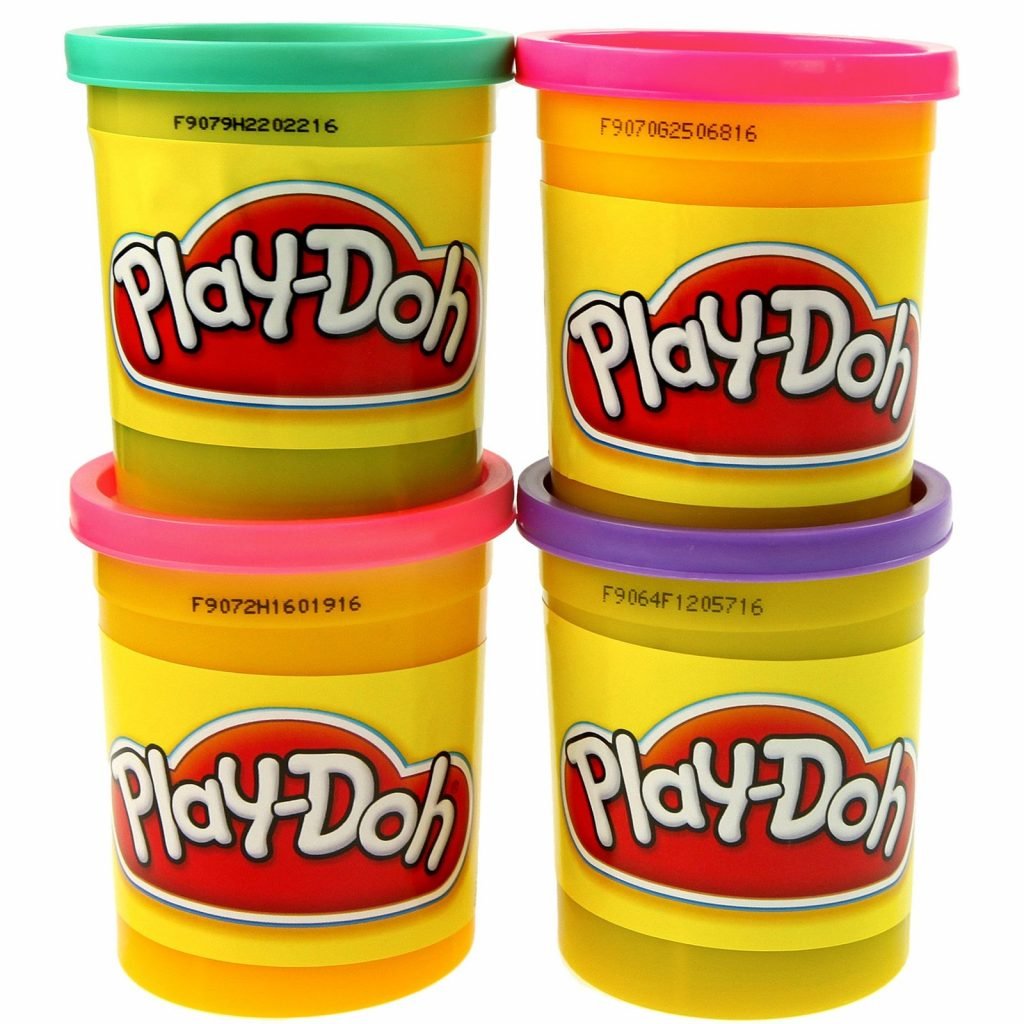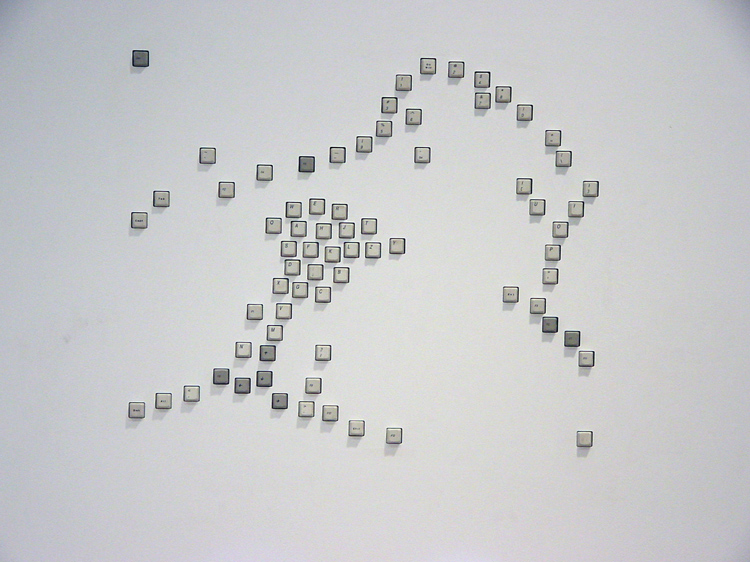Critical Theory is the idea of rejecting the world from how it now exists. This theory is always in practice as people try to disrupt the way in which we think about things and the way we have always been used to doing things. Everything is always changing because as soon as people accept something as part of the norm, someone challenges that and tries to free our minds of what we consider normal.
There are many modern artists who demonstrate this idea and it would be fun to learn about some of the projects that are being done around the world and teach these to children.
One of my favorite artists who is involved in this type of critical theory art is Alfredo Jaar.
He has been involved with what he calls his "Rwanda Project."
Here is a link to a website with a lot of information about this project and artist. There is a video that is very interesting and would be a good visual for kids to understand how his art works.
This would be a great way to teach kids about maps and where things are in the world. Point out where we are in relation to Rwanda and Louisiana (mentioned later) in the Fundred Dollar bill project.
In this project, Alfredo Jaar is able to take a statistic which just seems like numbers to us and make it a reality. This would be a good way to make a math connection with kids and talk about the importance of representing statistics in an effective way that people will understand.
For example: how could you make statistics about diet in America be effective? What about driving carefully? Using the buddy system?
Another Critical Theory artist is Mel Chin.
One of his pieces is the following:
This is a fun piece to talk about with kids. You can have a discussion with them about what they think it is and why would Mel Chin put a keyboard in this formation? What effect does it have?
Another fun thing about this piece is that the keyboard actually works. You can type on it and whatever you type will be recorded on a computer which is covered by a curtain. This can also start up a conversation with little kids of how they could look at things that are so familiar to them in a different way.
Mel Chin's Fundred Dollar Bill project would also be fun for kids to learn about and be apart of. This is a form of socially engaged artwork that has already been set up. All you need to do is make your own fundred dollar bill and send it in to be part of the cause to help those who are suffering from the lead in the soil in New Orleans.
Here you will find more information about this project and how you can be apart of it with your kids.
One thing that I did as a socially engaged artwork was I got chalk and went to a park where I wrote "Make Your Mark." I left the chalk and let others make their mark and add to what I had left.
This is what I found when I came back the next day:
I was excited to see that people had added to my art and had been apart of my socially engaged artwork.
Anything can be art. Some other ideas for socially engaged art would be handing out free cookies at a grocery store, changing your personality for a day, going a different way home, giving free hugs/high fives, taking a survey, etc. There are so many ways to be socially involved and do something that disrupts the norm. These are fun ways for kids to "think outside the box" and do something that may be a little out of their comfort zone.
A big part of socially engaged artwork is the way you document it. This can happen by taking pictures, journal entries, people responding to questions, or other ways.
Not a Box by Antoinette Portis is a fun book to read to younger children to help them understand Critical Theory on a lower level This is a book that challenges what a box is, but through the eyes of a child.

































